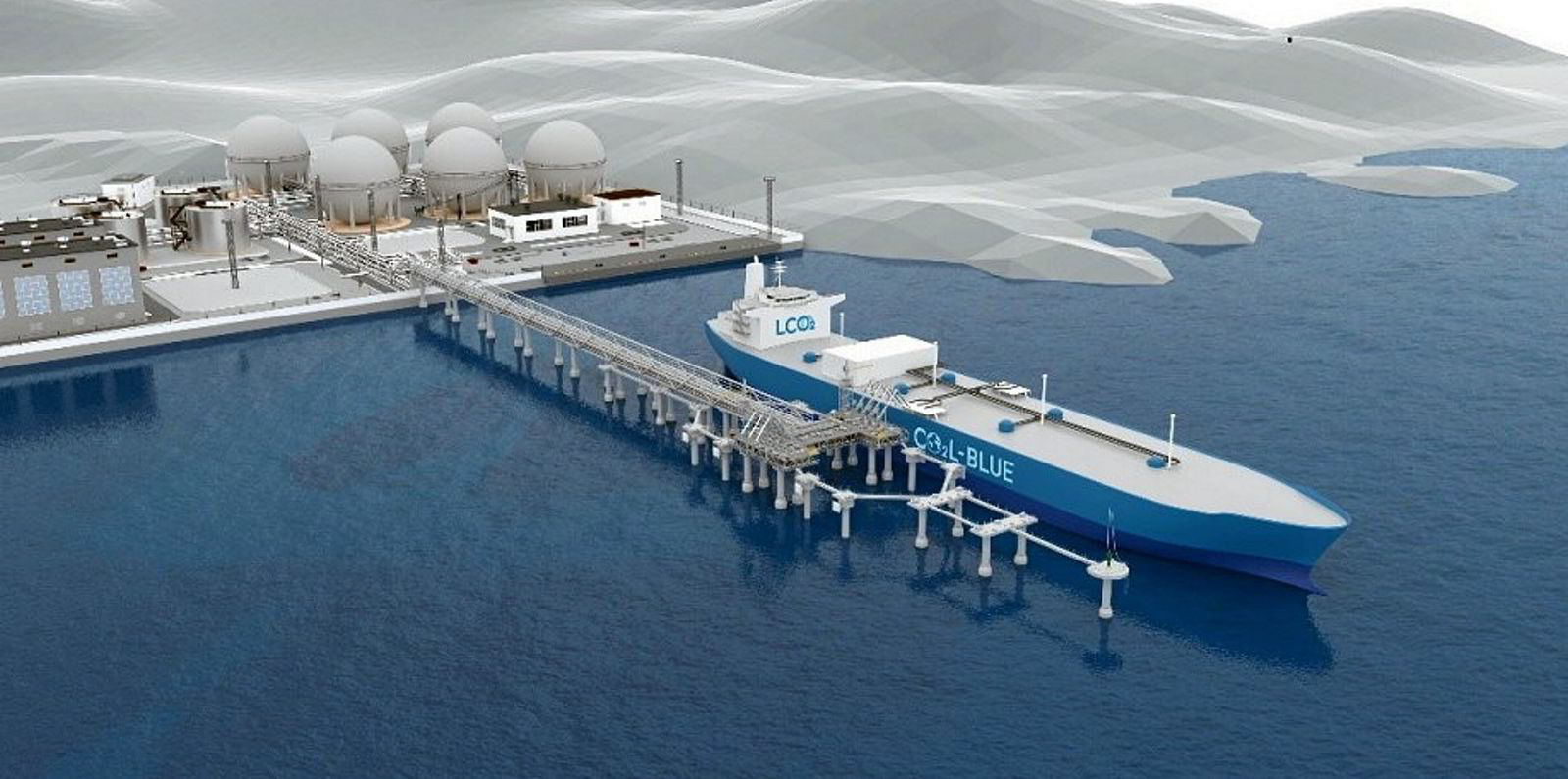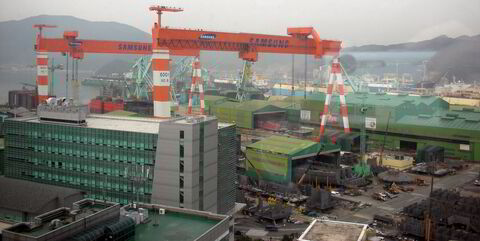Norwegian energy major Equinor is working on a new large dual-fuel CO2 carrier.
Domestic vessel architect Breeze Ship Design is developing a 40,000-cbm unit capable of running on ammonia.
It will transport CO2 for direct offshore injection into subsea wells.
“The main key design drivers are safe loading, transport and offshore injection of CO2 with as low emissions as possible,” the two companies said.
The vessel will be specialised for northern European trading, with discharge locations in the North Sea.
“Equinor believes that the direct injection concept is an interesting way to implement ship-based transport and injection solutions for CO2,” said Elisabeth Birkeland, vice president for carbon capture and storage (CCS) solutions at Equinor.
“We need to make sure the technical risks are reduced to an acceptable level and that the business case is sound. That is why this project is important.”
Breeze has taken a leading role in several technology development projects driving the decarbonisation of shipping.
It is involved in up to 15 zero or low-emission ship schemes with dual-fuel propulsion systems based on ammonia, hydrogen, methanol or other biofuels, in combination with new combustion engines and fuel cell technology.
In September, TradeWinds reported that Equinor’s CCS venture Northern Lights is poised to order its next two specialist vessels.
New ships to be ordered
The company, which also comprises Shell and TotalEnergies, is close to concluding orders for two 12,000-cbm newbuildings.
These vessels are much larger than the first pair of liquid CO2 carriers of 7,500 cbm, which were contracted by the project partners at Dalian Shipbuilding Industry Co.
But in future, they are likely to rank as small compared with the VLGC-sized ships being designed for the long-haul trades in this emerging sector.
The 7,500-cbm newbuildings, which are being built with pressurised cargo tanks, cost $52m to $53m each.
Scheduled for delivery in 2024, they will be fitted with rotor sails supplied by Norsepower and air lubrication systems to try to reduce their carbon intensity by about 34%.




